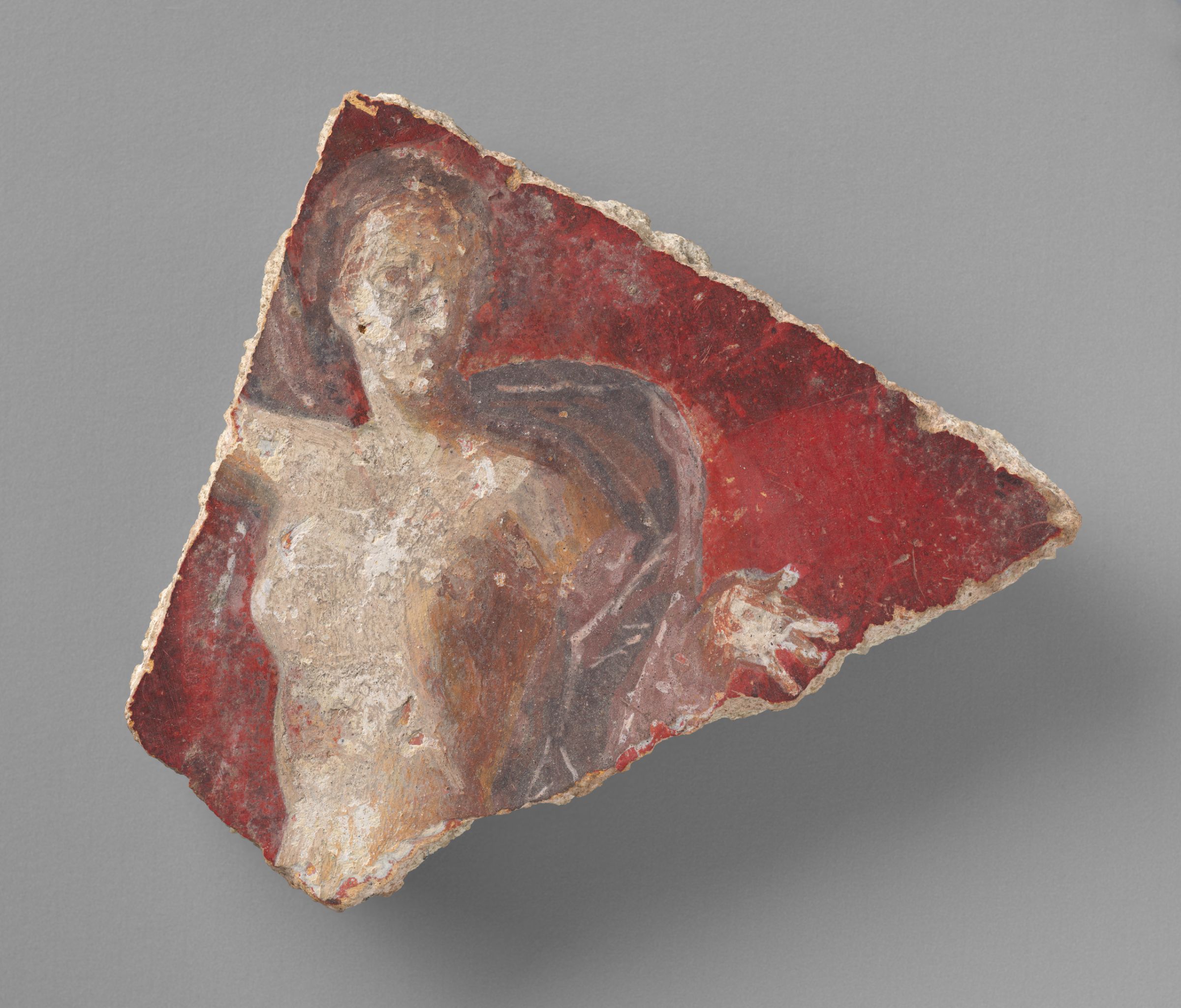2007.104.22: Lamp with Gladiatorial Scenes
Lighting Devices
This object does not yet have a description.
Identification and Creation
- Object Number
- 2007.104.22
- Title
- Lamp with Gladiatorial Scenes
- Classification
- Lighting Devices
- Work Type
- lighting device
- Date
- 1st century CE
- Places
- Creation Place: Ancient & Byzantine World
- Period
- Roman Imperial period, Early
- Culture
- Roman
- Persistent Link
- https://hvrd.art/o/191781
Physical Descriptions
- Medium
- Terracotta
- Technique
- Mold-made
- Dimensions
- 39 x 19.3 cm (15 3/8 x 7 5/8 in.)
Provenance
- Recorded Ownership History
- Robert E. Hecht, Jr., sold; to the Alice Corinne McDaniel Collection, Department of the Classics, Harvard University (1967-2007), transfer; to the Harvard University Art Museums, 2007.
Acquisition and Rights
- Credit Line
- Harvard Art Museums/Arthur M. Sackler Museum, Transfer from the Alice Corinne McDaniel Collection, Department of the Classics, Harvard University
- Accession Year
- 2007
- Object Number
- 2007.104.22
- Division
- Asian and Mediterranean Art
- Contact
- am_asianmediterranean@harvard.edu
- Permissions
-
The Harvard Art Museums encourage the use of images found on this website for personal, noncommercial use, including educational and scholarly purposes. To request a higher resolution file of this image, please submit an online request.
Descriptions
- Description
-
Very large terracotta lamp. Broad base. Underside of deep reservoir flares up- and outward with almost straight walls. Slightly sloping rim separated from sunken discus by two ridges defined by narrower ridges. Discus decorated in relief with gladiatorial accoutrements: a pair of leg-greaves, a pair of wrist-guards, two shields, two swords, and two helmets. Small central filling hole surrounded by a ridge also surrounded on either side by a narrower ridge. Double volute nozzle with broad tips and large wick holes. Some restoration at tips of nozzles. Double-leaf or heart-shaped decoration between volutes on the bridge of each nozzle. Horizontal perforated handle supports large, intact triangular handle ornament with decoration in relief: Victory standing beside an altar, holding a cornucopia in her right hand and a trophy (tropaeum) in her left. A shield rests on the altar. Victory is flanked by two Lares (household gods) presenting ritual offerings.
Buff fabric with mottled brick-red slip.
Classification: D. Bailey, A catalogue of the lamps in the British Museum vol. II (British Museum Publications, 1988), Type D.
- Commentary
-
A lamp is a lighting device, which is fueled by oil. Roman lamps are typically made of either terracotta or bronze and are mold-made. Typically, the body is round and closed on top and there is a nozzle with a pick. Terracotta lamps are usually decorated with a wide variety of motifs. In houses, lamps may have stood on the top of a candelabrum (See: 1960.482) to light a room.
Likely modeled upon more prestigious examples in bronze, this double-nozzled lamp is an unusually large example with decorations that represent gladiatorial themes.The leg-greaves, wrist-guards, helmets, and shields found on the discus identify the gladiators as Thracian and Samnite (1). With the scene of Victory on the handle this lamp may commemorate a particular series of games.
Notes:
1. For similar motifs on the discus see a single-nozzled lamp in the Metropolitan Museum of Art 74.51.2028
Publication History
- Sidney Goldstein, "A Terracotta Lamp in the McDaniel Collection", Harvard Studies in Classical Philology, Harvard University Press (Cambridge, MA, 1968), Vol. 73, pp. 291-303, pp. 291-303, pls. I-IV, V:1
Exhibition History
- Roman Gallery Installation (long-term), Harvard University Art Museums, Cambridge, 09/16/1999 - 01/20/2008
- Re-View: S422 Ancient & Byzantine Art & Numismatics, Harvard Art Museums/Arthur M. Sackler Museum, Cambridge, 04/12/2008 - 06/18/2011
Subjects and Contexts
- Roman Domestic Art
Related Digital Tours
Verification Level
This record has been reviewed by the curatorial staff but may be incomplete. Our records are frequently revised and enhanced. For more information please contact the Division of Asian and Mediterranean Art at am_asianmediterranean@harvard.edu
